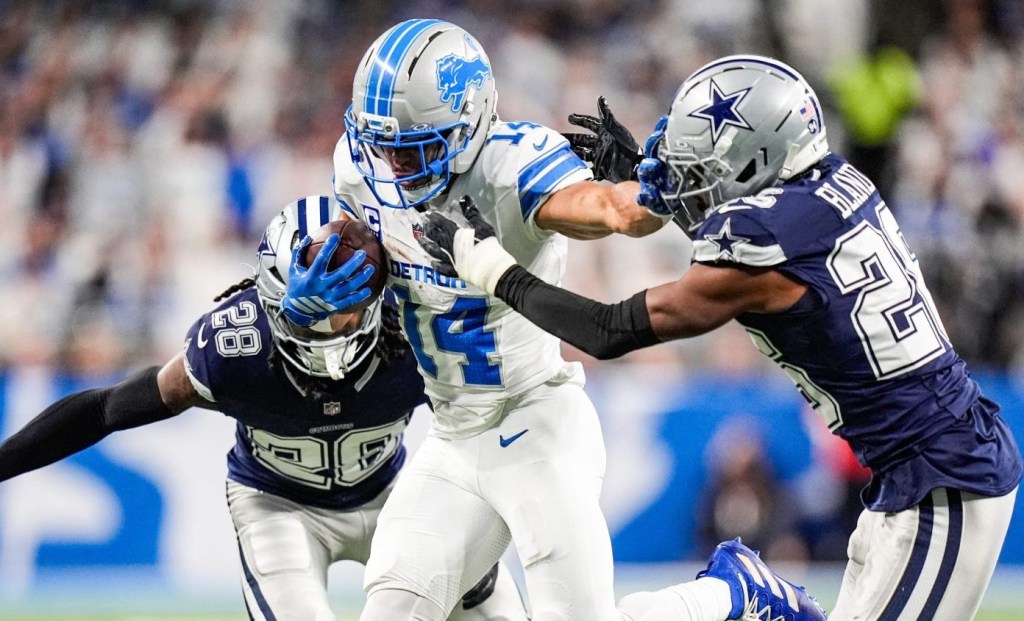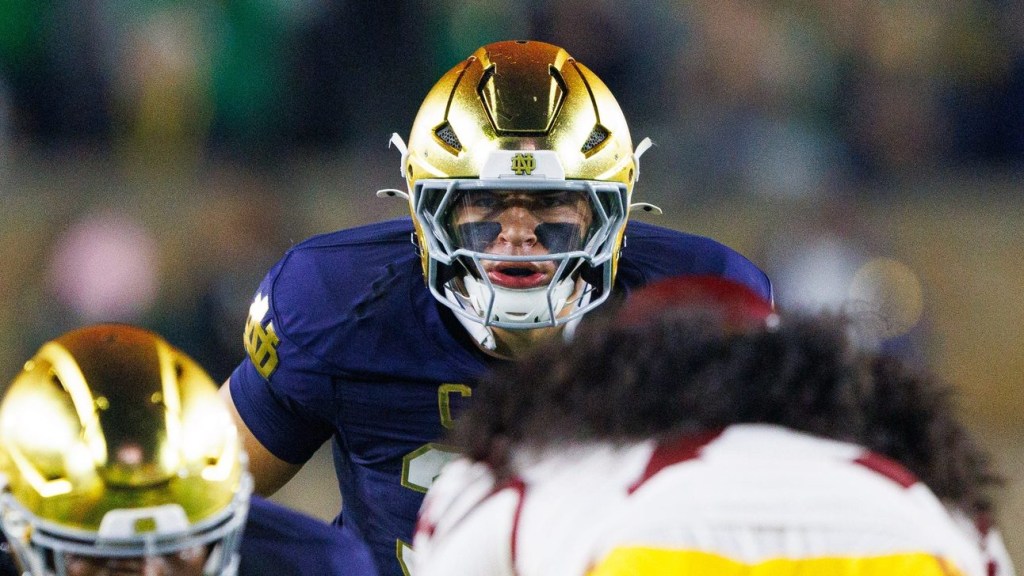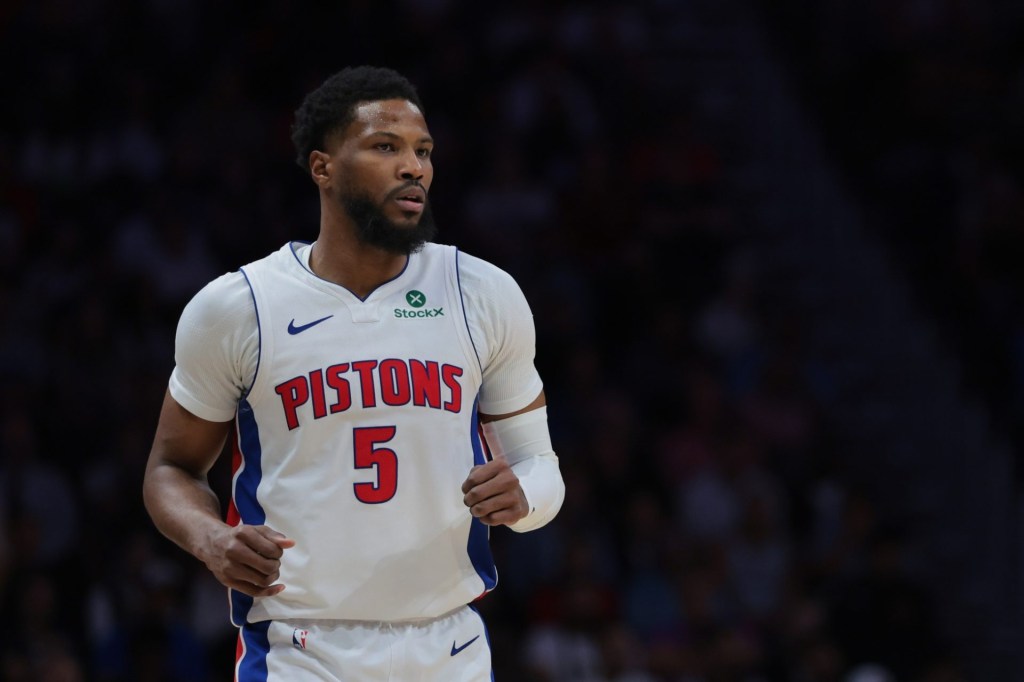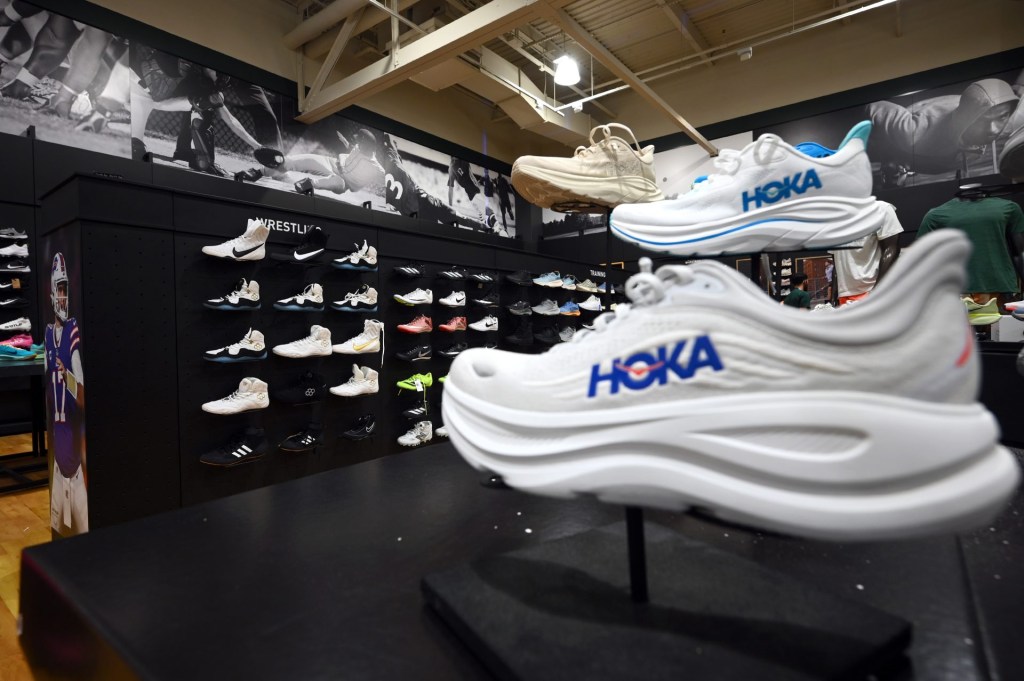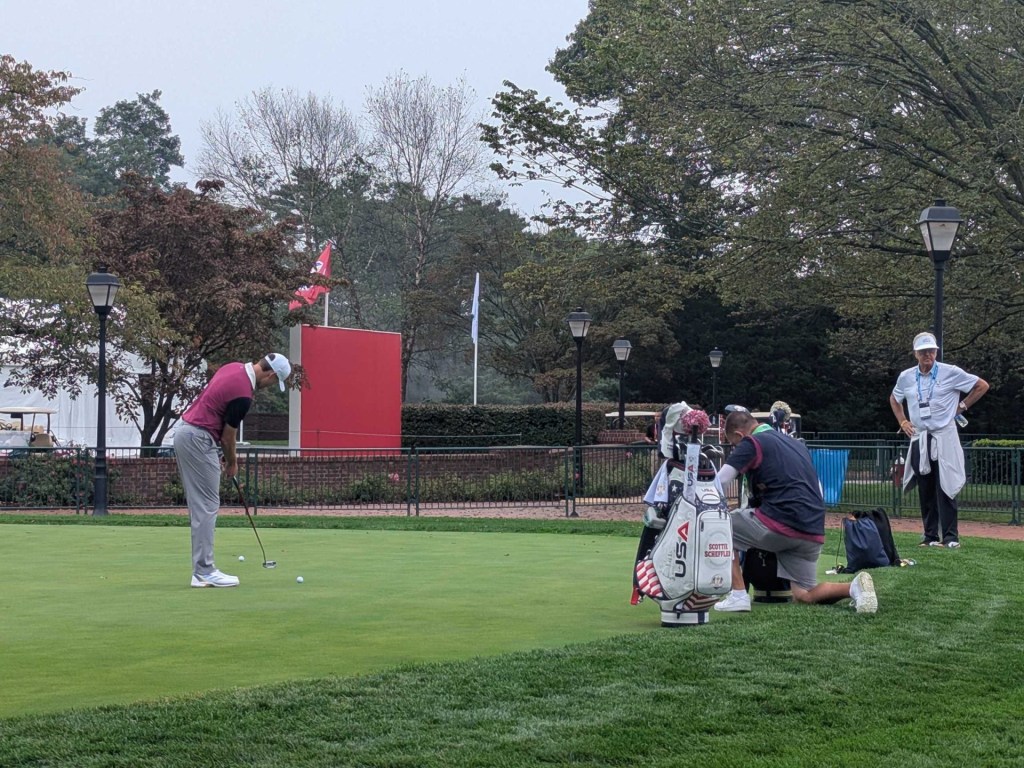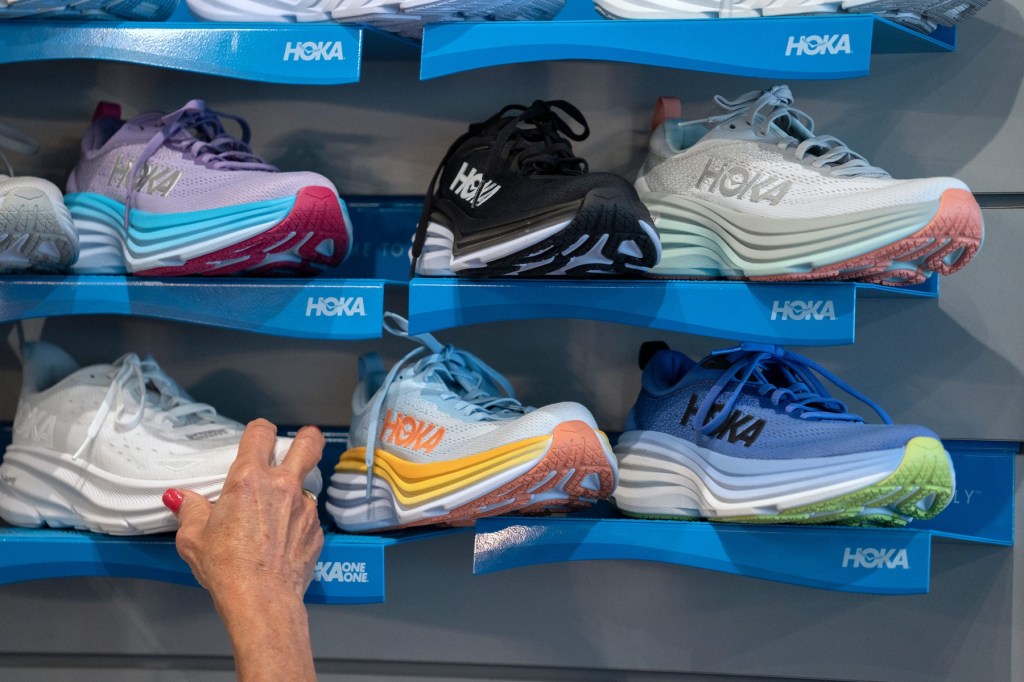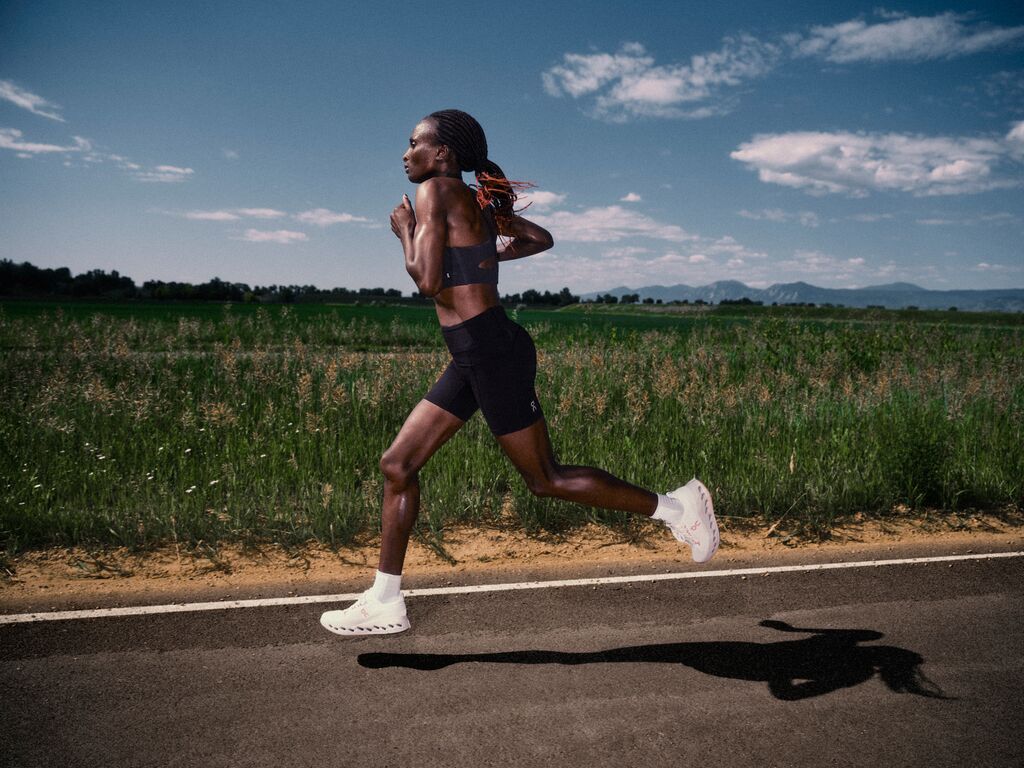Nike is still the top dog in the China sneaker market—for now. But its market share isn’t as big as it was a decade ago.
As China’s sportswear market gets increasingly fragmented, yesterday’s market leaders are losing share to domestic sportswear competitors like Anta, Li-Ning, and Xtep, as well as smaller premium names like Lululemon and Swiss brand On.
Nike still ranks near the top among all brands for quality and performance among Chinese consumers. But its long dominance is waning.
“We think Nike apparel will stagnate over the next few years and we don’t see growth in Nike China for the next few years across the apparel and footwear offering,” BNP Paribas analyst Laurent Vasilescu says. “We think it’s stemming from competition with the local and international players … Hoka, On, Lululemon, Salomon and Asics.”
What’s more, while the biggest international brands might bounce back a bit in the near term, they won’t be returning to their previous highs, analysts say.
China’s sportswear market—which was worth $61 billion as of 2023—currently accounts for 15% of global demand. Analysts at Bernstein anticipate that share will continue to grow as sales of sportswear outpaces regular apparel. The equity research firm forecasts 5% growth in China’s sportswear market in 2025.
The amount each Chinese consumer spends on sportswear is “growing quickly,” Bernstein wrote in an October note, having doubled over the past decade.
Who’s Losing Market Share in China
In the 2010s, international brands grew their market share in China by around 10% every year. Now the script has flipped, says Bernstein retail analyst Aneesha Sherman. In the last five years, China’s domestic brands stole share from mega-brands like Nike and Adidas. Adidas has slipped from second- to fourth-biggest sports apparel player in the Chinese market.
Local brands have always been a popular and cheaper alternative in China. What’s changed is that domestic names are no longer viewed as being lower quality. Products are better designed and brand equity strengthened. Nike is still strong, but the gap is closing, says Sherman.
For instance, Chinese sports equipment company Anta’s share of sportswear rose from 14% in 2019 to 19% in 2023, while Li-Ning’s slice grew from 6% to 9% over the same period, Bernstein said. Changes in market share are similar when it comes to footwear. Nike’s share dropped slightly (from 25% to 24%), and Adidas’s share dived from 19% to 10% over the same period.
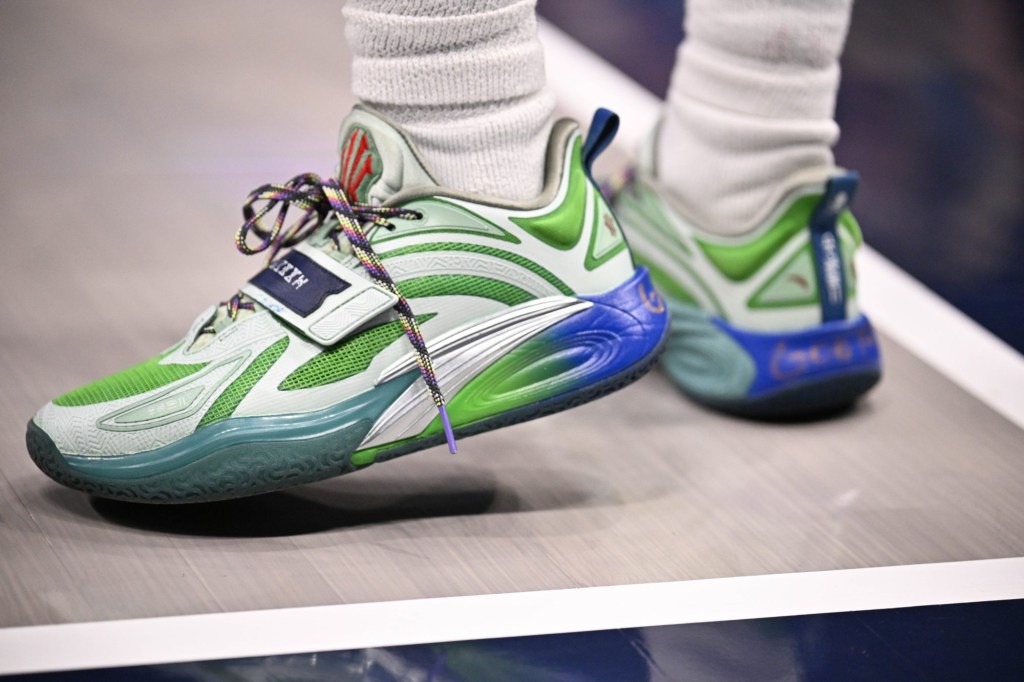
Nike still has the No. 1 share in sports apparel in China, but Anta isn’t far behind now, says Morningstar retail analyst David Swartz.
As for Under Armour, a top-10 sportswear brand in the U.S., it doesn’t rank in the top 10 in China. Under Armour doesn’t break out China specifically, but reported 11% lower revenue in the Asia-Pacific region in its second-quarter earnings Thursday.
Amid China’s economic headwinds, sportswear is a notable pocket of growth. “Sectors such as sportswear, urban outdoor apparel, and consumer health have seen double-digit growth, reflecting the continued strength of these markets,” a September McKinsey report noted.
Several factors are creating the conditions for healthy spending on sportswear. For one, consumers are getting more casual, as more people wear sneakers and sports apparel for non-sports occasions. The Chinese government has been instrumental in propelling this trend: In 2021 it established a National Fitness Plan, which focuses on promoting sports and fitness activities. Bernstein analysts say the health initiatives should “drive further growth of sportswear” in the next decade.

“Running has exploded in China,” says Swartz, adding that there are more marathons in China than anywhere else in the world. “Twenty-five years ago the Chinese sportswear market was irrelevant. It was tiny. Now it’s the second-biggest behind the U.S. And per capita spending is still much lower than Western Europe and the U.S.”
Smaller, Premium Brands Growing Rapidly
In the story of China’s increasing fragmentation, Nike and Adidas are probably keeping one eye on the local competition and another eye on less entrenched and newer brands. Take the Swiss brand On, which was founded in 2010. China represents 5% of On Holdings’ global sales, Sherman says. But she expects On’s apparel offerings to “grow rapidly off a very small base.” (On’s total market share in China is under 1%, most of which comes from footwear.)
Lululemon is a particular bright spot, and like On, continues to grow at double-digit rates. Net revenue from China surged 34% in the fiscal second quarter, compared with a 1% gain for the Americas region.
Bernstein expects the athleisure brand to outpace the general sportswear market’s growth. The brand has quadrupled its market share in China since 2019—fueled in part by store openings. Lulu has 132 stores in mainland China, up from 29 in 2019. And revenue has grown there by 67% in 2023 and 39% in the first half of 2024, according to a November Bank of America report.
“Market leaders Nike and Adidas should be able to gain back some share,” Bernstein analysts wrote, “but will not be able to return to their previous competitive strength.”

